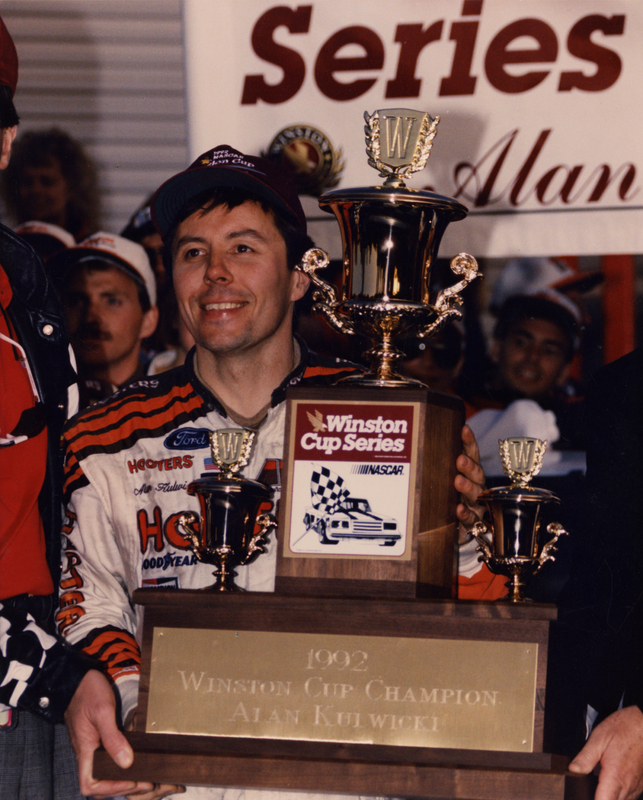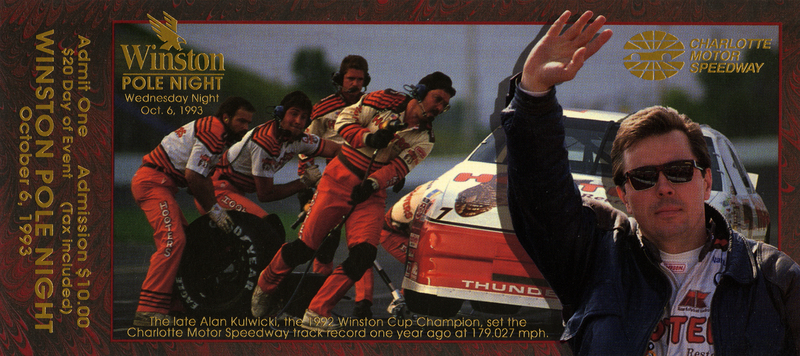Kulwicki's Influences on NASCAR
In addition to setting up the AK Racing crew for future success, Kulwicki also started several trends in NASCAR. In the years following his death, some drivers tried to emulate Kulwicki by running their own single car teams as owner/drivers. Bodine had modest success as the owner/driver of the former AK Racing but never seriously contended for a championship in the No. 7 car. Darrell Waltrip won five times as an owner/driver in the early 1990s, but those proved to be the final wins of Waltrip’s career. Ricky Rudd tried his hand as an owner/driver in the 90s as well, but once again, his success was only in the short term. Even Bill Elliott, who Kulwicki had battled for the 1992 championship, left Junior Johnson’s team in 1995 to be an owner/driver. In six seasons racing for his own team, Elliott never earned a single victory.
While being an owner/driver like Kulwicki lost its appeal to most racers by 2000, the importance of engineering in NASCAR soared. With stock car racing’s popularity and sponsorship on the rise, teams began to experiment with the engineering-based approach that Kulwicki had promoted. Teams found competitive edges by re-evaluating how forces interact with race cars at high speeds. Fine-tuning the aerodynamics of a stock car and compiling data about chassis setups became more common. Teams also discovered new techniques for building engines and chassis that could hold up better over the course of a 500-mile race. As a result, college-educated engineers like Kulwicki became much more commonplace, and in high demand, for NASCAR teams.


